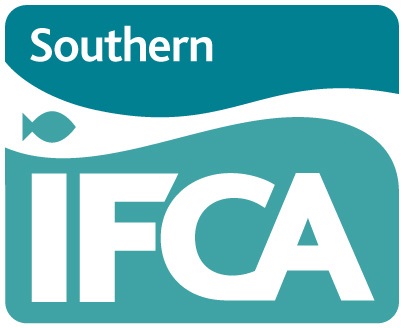Fishing around the Isle of Wight
The diverse waters surrounding the Isle of Wight have supported livelihoods for local fishermen for decades. It is Southern IFCA’s duty to manage fishing activities within the MPAs in its District, and whilst some fishing activities have been prohibited around the Isle of Wight to ensure they do not damage its important marine habitats, many low impact fishing activities continue as they have done for centuries both inside and outside the relatively new Marine Protected Areas. Along the south coast of the Island the main fishing activities include using pots to trap crabs and lobsters, nets to catch demersal (bottom living) fish species such as sole, skate’s and rays, smooth hound, black bream and of course, rod and line for demersal (bottom living) and pelagic (living in the water column) fish.
On the other hand, in the Solent on the north side pots and traps are used to catch very different species; whelks and cuttlefish, whilst demersal fish such as sole, plaice, skates and rays are caught using trawls. To the north east of the Island there is a plentiful scallop dredging fishery, whilst historically there has also been a large oyster dredging fishery. Netting occurs quite close inshore for a mixed group of fish including sole, skates and rays, and many more. To the north east of the Island, longlining may be used to catch seabass. Both dredging activities and trawling are managed to ensure they do not interact with sensitive habitats found within the MPAs. Over the past years Southern IFCA has prohibited bottom towed fishing gears over a total of 288.3 km2 of habitats around the Isle of Wight.
For further information regarding the fisheries and Marine Protected Areas surrounding the Isle of Wight, including Habitats Regulation’s Assessments please visit our ‘Fisheries and Research’ website section and choose the fishing activity you are interested in.
To find out what management measures apply to a particular fishing activity please visit our ‘Regulations’ section and choose the fishing activity you are interested in.
For further information on the Marine Protected Areas found around the Isle of Wight please visit the Natural England Designated Sites pages below. Note: other types of Protected areas are also designated including Sites of Special Scientific Interest and RAMSAR sites. These usually overlap with the sites listed below:
